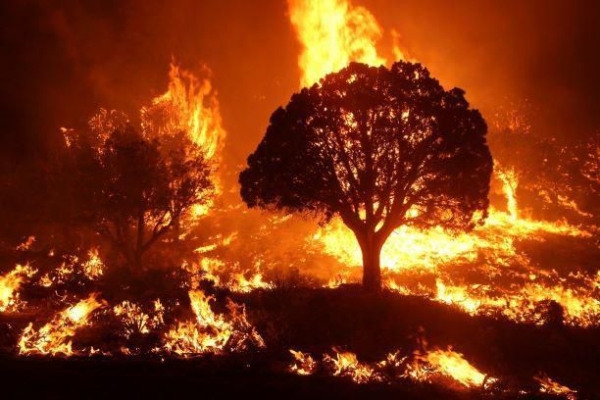While emergency response personnel on the ground have said the cause of the blaze is unknown, they have identified mitigating factors. Investigators from the Washington Post have blamed record-setting high temperatures and droughts for causing the fires to be so severe. As COP meets in November 2023, world leaders from the tropical regions will be demanding the commitment of the developed world to help battle the effects of climate change.
Clay Trauernicht, a fire scientist at the University of Hawaii, explained how the change in climatic conditions helped exacerbate the disaster. “These grasslands accumulate fuels very rapidly,” Trauernicht said. “In hotter conditions and drier conditions, with variable rainfall, it’s only going to exacerbate the problem.”
Experts have also blamed increased surface temperatures for the severity of storms. According to Kelsey Copes-Gerbitz, a Forestry Professor at the University of British Columbia, storms require heat to form, and, the hotter the temperatures of the ocean, the more severe they become. “These kinds of climate change-related disasters are really beyond the scope of things that we’re used to dealing with. It’s these kinds of multiple, interactive challenges that really lead to a disaster,” she explained.
Hawaii is located in the tropics. While greener, wetter countries in the Caribbean, do not experience such catastrophic wildfires, they do experience devastating storms. These countries contribute less to global pollution, yet suffer the brunt of climate change.


